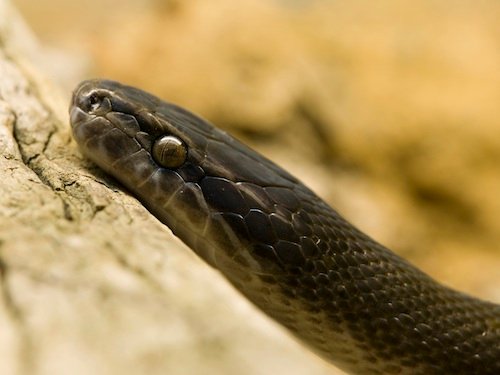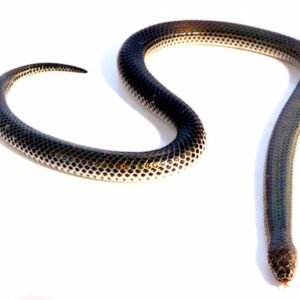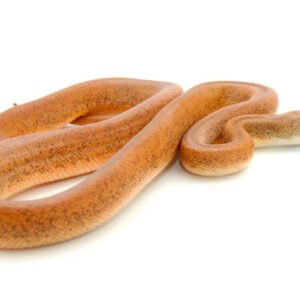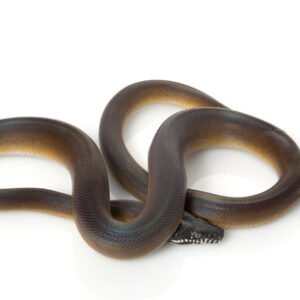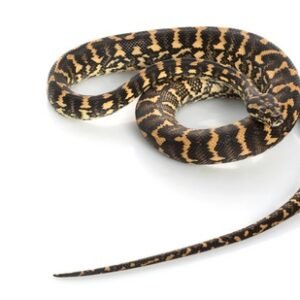Understanding the African House Snake
The African House Snake, scientifically known as Lamprophis fuliginosus, is a fascinating species known for its distinctive characteristics and adaptability. With a slender, elongated body, this non-venomous snake exhibits a variety of color morphs, ranging from earthy browns to striking yellows and greens. These hues not only provide camouflage in their environment but also contribute to their aesthetic appeal among reptile enthusiasts. Typically, an adult African House Snake can reach lengths of approximately 1 to 2 meters, making it a manageable size for potential keepers and a unique addition to any collection.
Originating from various regions across sub-Saharan Africa, the African House Snake demonstrates remarkable versatility in its habitat preferences. This species thrives in both urban and rural settings, frequently inhabiting dwellings, agricultural fields, and forests. Its adaptability allows it to occupy a range of microhabitats, from grasslands to rocky outcrops, showcasing its capacity to coexist alongside humans. As such, these snakes often find shelter in homes, eating pests such as rodents, which contributes to their ecological significance in controlling local vermin populations.
In terms of behavior, the African House Snake is primarily nocturnal, conducting most of its activities during the night. This nocturnal lifestyle aids them in hunting and foraging, as many of their prey items, including small mammals and lizards, are also active during the evening. Their feeding habits reflect their opportunistic nature, allowing them to adjust their diet based on the availability of prey in their environment. Understanding the behavior and habitat of the African House Snake helps underscore its ecological role and highlights the significance of wildlife conservation efforts aimed at maintaining healthy ecosystems throughout Africa.
Caring for the African House Snake as a Pet
The African House Snake, a popular choice among reptile enthusiasts, requires specific care to thrive in a domestic environment. One of the first considerations is the habitat setup. A glass terrarium or secure enclosure with a minimum size of 20 gallons is recommended for an adult snake. The tank should be equipped with a secure lid to prevent escapes. To replicate the snake’s natural environment, it is crucial to maintain appropriate heating and humidity levels. The temperature gradient within the tank should range from 75°F to 85°F on the cooler side and 85°F to 90°F on the warm side. This can be achieved using under-tank heating pads or heat lamps, while a thermometer will help monitor the temperature. Humidity levels should be maintained between 40% to 60%, which can be checked with a hygrometer and managed through regular misting of the enclosure.
In terms of diet, African House Snakes are primarily rodent eaters, with their diet typically consisting of appropriately sized mice or rats. Young snakes may require feeding every five to seven days, while adults can be fed once every one to two weeks. It is essential to offer prey that is no more than the width of the snake’s body to prevent choking or digestive issues. Pre-killed or frozen-thawed prey is strongly advised for safety and health reasons.
Potential health issues for the African House Snake include respiratory infections and mites, which can be mitigated through good husbandry practices, including regular cleaning of the habitat and proper temperature and humidity maintenance. When it comes to handling, patience is key. Gradually acclimating the snake to being handled can foster a trusting relationship. Consult local regulations, as it is essential to ensure that the ownership of an African House Snake complies with legal requirements in your area. Properly understanding these elements will ensure a fulfilling and healthy experience for both the snake and the owner.

